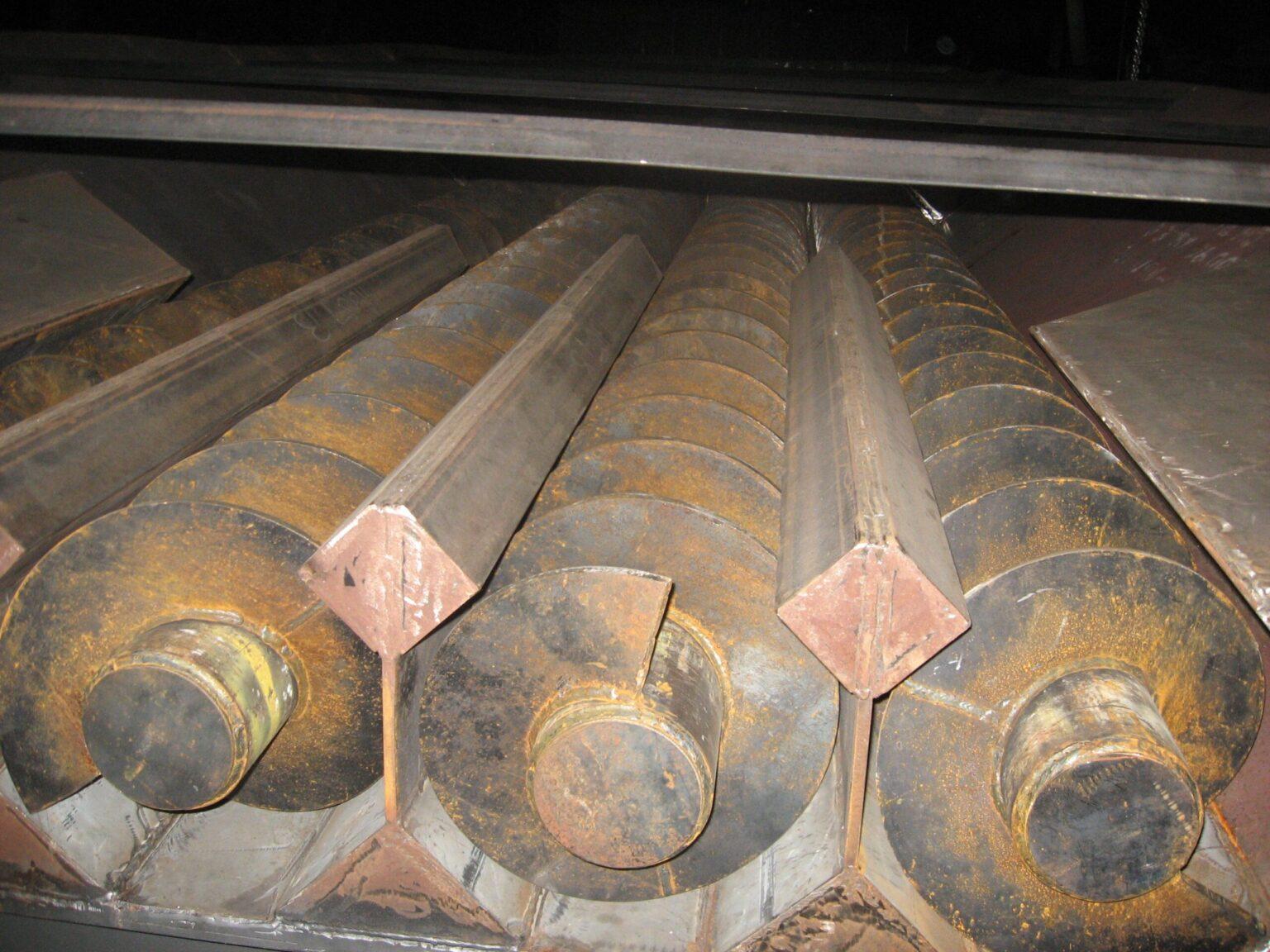When you’re ready to buy a screw conveyor, how do you know if you actually need the standard transfer conveyor…or a feeder screw instead?
This is a very common question, says Steve Rubis, the Vice President of Sales and Marketing at Conveyors, Inc. “It’s critical to know the difference between a feeder screw and screw conveyor,” he said. “This is a hot topic for us. Many times, you need both together.”
More: 5 Reasons for Moving Bulk Material Vertically
Screw Conveyor vs. Feeder Screw
The key difference, according to Rubis, is in how the system is being loaded—in order to accurately design the right conveyor to meet your needs.
Screw conveyor systems are frequently used for unloading materials from cars, bins, or piles. They are commonly found in grain storage plants, feed mills, chemical plants, and cereal processing plants.
Screw conveyors simply move your material from Point A to Point B. It may convey the material from a feeder, conveyor, rotary airlock, or bucket elevator—and can be used up and down an incline. Mixing, cooling, and heating materials is also done with a standard screw conveyor (also called a “transfer conveyor”).
Feeder screws are used to control the product flow of the system. It is usually mounted at the bottom of a bin or hopper, and acts as a controlling conveyor. In fact, it can manage the capacity for the entire system, and is available in a single screw, twin, or multiscrew format. Therefore, the pitch, diameter, torque, and trough design are critical to a feeder screw.
More: New IBT Facility in Lubbock Offers Screw Conveyor Solutions for Customers
6 Questions to Ask
- Capacity—How much capacity do you need?
- Angle of incline—Do you need to move material up or down an incline, or at an angle?
- Length—What length do you need?
- Loading—How will it be loaded? For example, will it be loaded from a hopper, bulk bag, elevator, airlock, or another conveyor?
- Material—What type of material is being handled in the conveyor? For example: grain, cement, glass?
- Extras—Does the conveyor require special paint, stainless steel, heating, or cooling?
Before you order, Rubis recommends asking yourself the following 6 questions to get the right machine for your usage—using the acronym “CALL ME”.
“Many people—including buyers, engineers, and end users—are often unaware that there is a difference between a standard screw conveyor and a screw feeder,” Rubis said. “You must know how the conveyor is being loaded in order to accurately design a conveyor.”
More: Better Service, Better Products—for Grain Businesses
About Conveyors, Inc.
Conveyors, Inc. produces augers, bucket elevators, vertical screws, drag conveyors, continuous and batch mixers, and blenders. They are based in Mansfield, Texas.
Learn more about a Screw Conveyor Vs. Feeder Screw
IBT Industrial Solutions can help you decide what you need for your system. For assistance, call Jim Boatright, Manager of Operations at IBT, at (913) 261-2116 or jimb@ibtinc.com.





